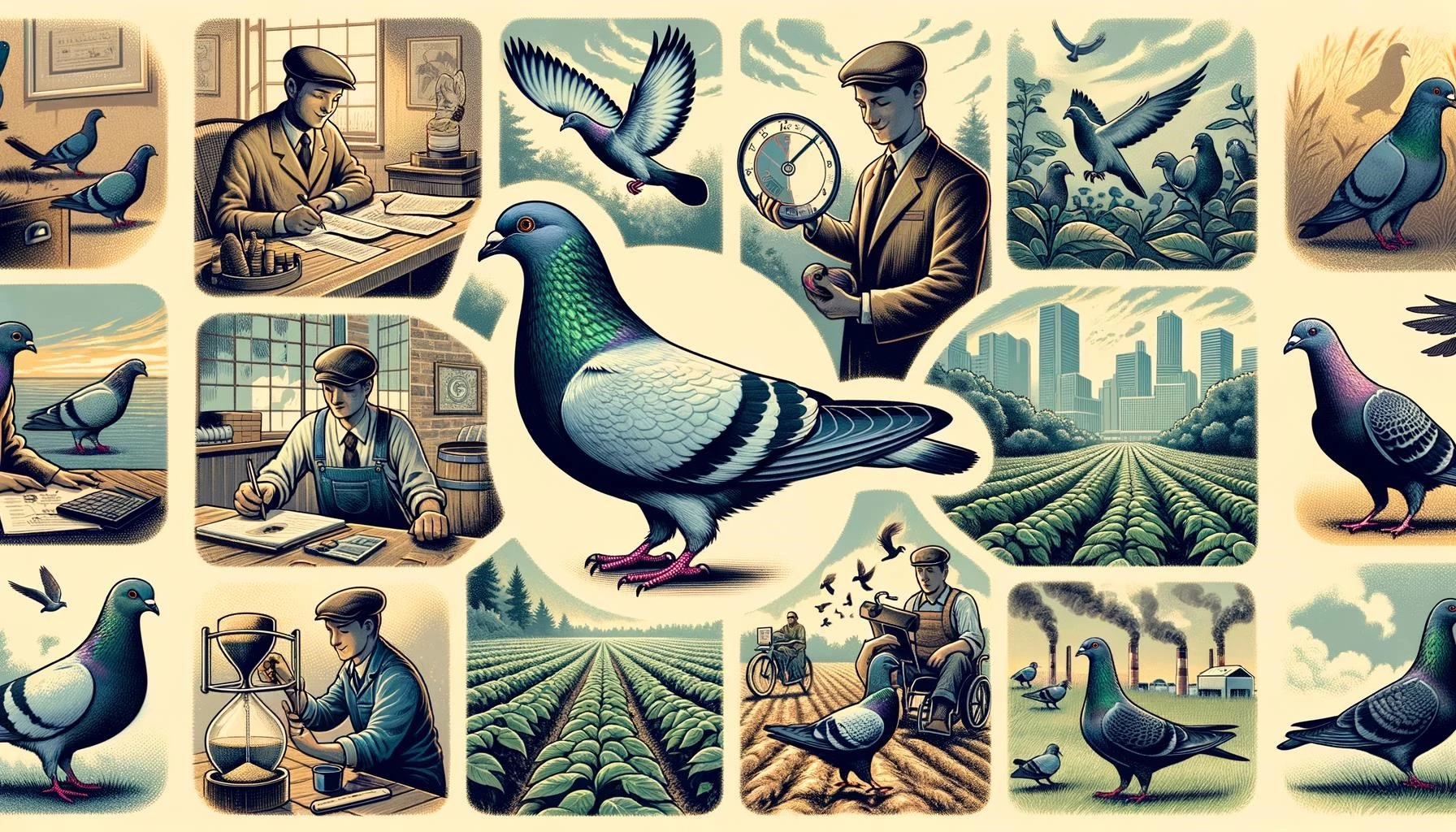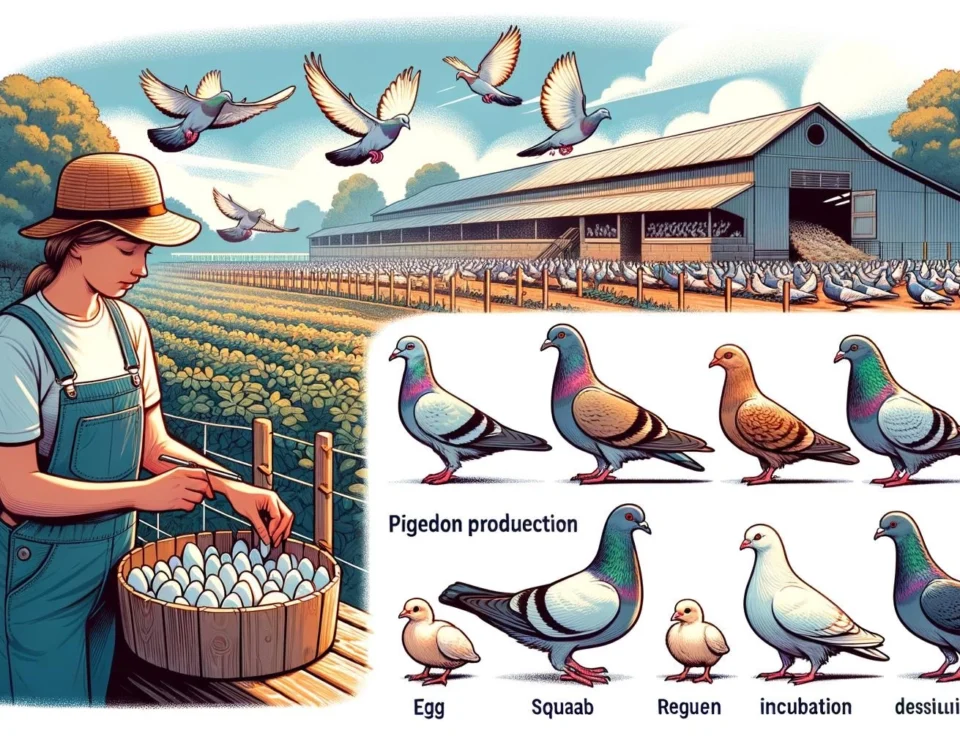Utility pigeons, also known as domesticated pigeons bred for meat production, have been used by humans for centuries. Over time, their role has evolved, and they have found various applications in modern society. From search and rescue operations to delivery services and even environmental monitoring, utility pigeons have proven to be valuable assets in different industries. In this article, we will explore some of the key applications of utility pigeons and how they contribute to solving real-world challenges.
1. Agriculture
Utility pigeons can be employed in agriculture to monitor and improve crop health. With their keen eyesight and ability to fly overhead, pigeons can help identify pest infestations and diseases that may harm crops. By spotting these issues early on, farmers can take necessary actions to prevent further damage and reduce the need for chemical interventions. Additionally, utility pigeons can provide insights into environmental conditions, such as soil moisture and temperature, helping farmers make informed decisions about irrigation and other farming practices.
2. Logistics and Delivery
Utility pigeons have the potential to offer a sustainable and efficient alternative for small-scale deliveries. Due to their natural homing instinct and exceptional navigation skills, pigeons can reliably transport lightweight packages over relatively short distances. This application of pigeons can be particularly useful in areas with limited access to transportation infrastructure or during emergency situations when traditional delivery services may be disrupted. By utilizing pigeons for small deliveries, businesses and organizations can reduce their carbon footprint and ensure speedy and reliable delivery.
3. Environmental Monitoring
Pigeons can play a significant role in environmental monitoring and conservation efforts. Due to their adaptability and ability to thrive in various habitats, pigeons can be used to collect data on air quality, pollution levels, and habitat conditions. By equipping pigeons with lightweight sensors and tracking devices, researchers can gather valuable information about the environment in real-time. This data can help assess the impact of human activities on ecosystems and guide conservation efforts. Pigeons can also contribute to monitoring biodiversity by surveying bird populations in specific areas, providing insights into the health and diversity of avian species.
Conclusion
Utility pigeons have proven themselves to be versatile and valuable assets in various industries. From assisting in agricultural practices to providing an efficient and sustainable alternative for small-scale deliveries, utility pigeons offer unique capabilities that can address real-world challenges. Their adaptability, navigation skills, and homing instinct make them well-suited for tasks that require monitoring, data collection, and transportation. As technology continues to advance, so does the potential for even more innovative applications of utility pigeons in various fields.
Key Takeaways
- Utility pigeons, bred for meat production, have been used for centuries and have found various applications in modern society.
- In agriculture, utility pigeons can monitor crop health, identify pests, and assess environmental conditions.
- Utility pigeons can provide a sustainable and efficient alternative for small-scale deliveries, especially in areas with limited transportation infrastructure.
- Pigeons can contribute to environmental monitoring efforts by collecting data on air quality, pollution levels, and biodiversity.
- As technology advances, utility pigeons may find even more innovative applications in solving real-world challenges.








